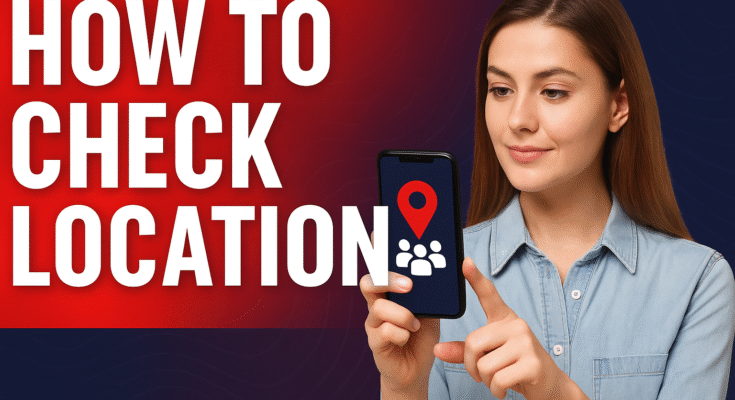Introduction
Location tracking is now more accessible than ever. Whether it’s keeping an eye on your kids, managing delivery fleets, or simply staying in touch during travel, location-sharing apps have transformed the way we stay connected. This article explores safe, legal, and effective tools for tracking and being tracked responsibly.
What is a Location Tracker App?
A location tracker app allows users to monitor the real-time location of a device via GPS. These apps can be used to share your own location with friends or family or keep track of loved ones with consent. From parents ensuring their children’s safety to friends meeting in crowded places, the use cases are vast.
Is Location Tracking Legal?
Yes, location tracking is legal when used with transparency. It is essential that both parties agree to share location data. Parents can monitor minor children, and companies can track official devices with employee awareness. Unauthorized tracking, however, may violate local privacy laws and ethical standards. How to Use Location Tracker Apps Safely and Responsibly – 2025 Guide
Best Location Tracker Apps in 2025
- Life360: A family safety app with driving alerts, crash detection, and group tracking.
- Find My Device (Google): Great for locating lost Android phones quickly.
- Find My iPhone (Apple): Offers iOS users remote tracking and device locking features.
- GeoZilla: Includes emergency alerts, geofencing, and family circles.
- Glympse: Allows temporary, no-login location sharing with ease.
Why You Might Need Location Sharing
- To coordinate with friends during events or meetups
- To monitor child safety during commutes
- To track lost or stolen devices
- To assist elderly or vulnerable individuals
- For corporate logistics and staff monitoring (with consent)
Privacy and Ethical Considerations
Tracking someone without their knowledge can be invasive and even illegal. Always use location-sharing apps ethically and inform all involved parties. Choose apps that respect privacy and offer user-controlled sharing settings. Most apps also offer options to pause or disable tracking anytime.
How to Set Up a Location Sharing App
- Download the app from Play Store or App Store (e.g., Life360 or Glympse)
- Create an account and grant GPS permissions
- Add trusted contacts or groups
- Enable alerts and customize zones (optional)
- Use the app dashboard to monitor or share your location in real time
Best Practices for Secure Usage
- Never track someone without consent
- Use password protection or biometric locks on your tracker app
- Keep your app updated to avoid security loopholes
- Limit location sharing to necessary contacts only
- Review your sharing settings every few months
SEO Tips for Website Owners (If Embedding This Article)
On-Page SEO:
- Use “location tracker app” in title and meta tags
- Include ALT attributes in shared images (e.g., “real-time GPS location map”)
- Link internally to: Best Safety Apps of 2025
Off-Page SEO:
- Share this guide on parenting blogs, WhatsApp groups, and Facebook communities
- Submit a shortened version to Medium or Quora
- Use infographic summaries on Pinterest or Instagram
Conclusion
In 2025, location tracker apps have evolved into essential tools for security, connectivity, and convenience. When used with consent and responsibility, they offer unmatched utility for families, professionals, and travelers. Make sure to use reliable apps, follow best practices, and prioritize privacy at all times.


